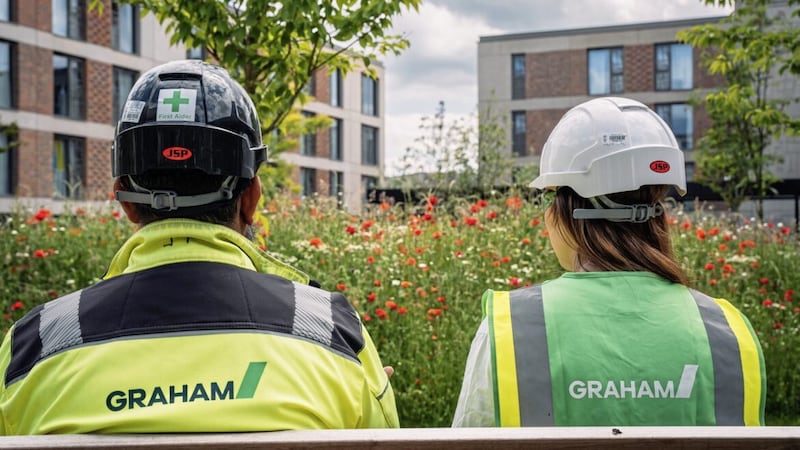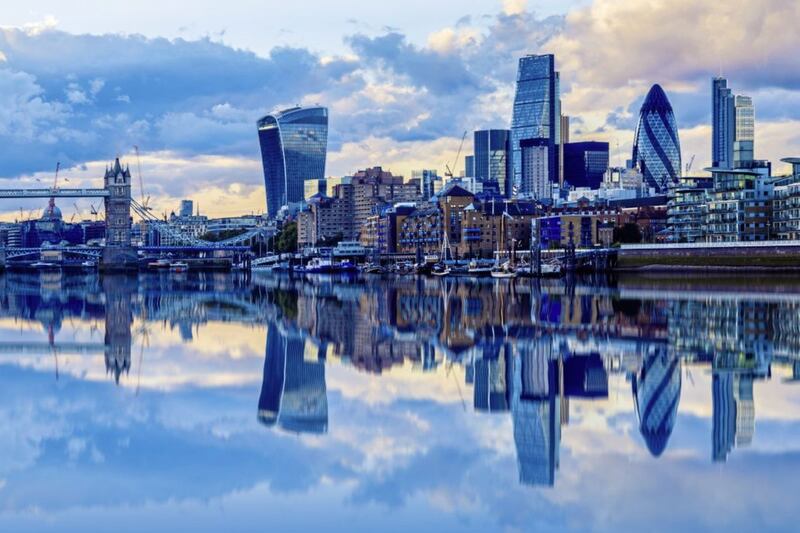LAST week I covered a column I wrote in 2018 regarding interest rates moving to seven per cent or above and stress testing at that level. A second part of that column related to the risks to ‘help to buy’ where I mentioned that 40 per cent of those buying were on an income of below £40,000, which meant they had a very low disposable income.
The real risk was that there could “come a point where borrowers will be forced to refinance the debt scheme, but that may be at a time when the costs of borrowing and the ability to borrow may be too high – the ultimate golden handcuff”.
Well, hey presto, that’s now.
I had several calls and emails regarding last week’s column around interest rates as well as the costs and risks, and this column will hopefully answer the worries around help to buy. But let’s first understand something that is very poorly communicated on the ‘help to buy’ scheme and its costs.
Borrowers have been worried about the new interest rate they will pay on the amount they have borrowed from the government. Around 380,000 people have used the scheme which was introduced in 2013 to help people get on the ‘ladder’. You can borrow up to 20 per cent from the government to get on to the scheme (40 per cent in London).
The first five years was interest free, but after that, the borrower had to repay interest on the loan (as well as the mortgage they had).
And that’s where the confusion arises. The wording on the government website states: “In the sixth year, you’ll be charged interest at a rate of 1.75 per cent. The interest rate increases every year in April, by adding the Consumer Price Index (CPI) plus two per cent.”
When reading about the scheme in pretty much all of the websites I could see, the wording is the same everywhere. And so, most borrowers would now be having a little bit of a freak out – due to the wording.
CPI was 6.4 per cent at the last count, so it’s not unreasonable for a borrower to do the numbers above and add 6.4 per cent to 1.75 per cent and two per cent. That’s 10.15 per cent on a borrowing they were paying zero per cent on for five years. I asked a few people to read the text on the government sites and everyone concluded the above.
That’s not the case, however. The rate is calculated by adding CPI and two per cent and multiplying that to 1.75 per cent and then adding it to 1.75 per cent. Yes, it’s boring. So it would be: 6.4 per cent (CPI) plus two per cent (8.4 per cent) multiplied by 1.75 per cent which is 0.147 per cent, which when added to 1.75 per cent is 1.897 per cent, which is the new rate for the next year. Each year that 1.897 per cent rises by CPI plus two per cent.
I hope that’s straight. As time roles on, there comes a time when that rate is a tad beefy and painful. It isn’t right now of course, as rates are high and inflation is high but when rates do come down, 1.897 per cent and the subsequent rises may start to look high.
In between times if house prices rise, home-owners lose the growth on the house based on the percentage they have borrowed.
If you have borrowed 20 per cent, you lose the growth on that because you have to pay that back when you sell or want to settle the loan. Example: You borrow 20 per cent on a £200,000 property - £40,000. Over five years, the property rises by 30 per cent. Its new value is £260,000. The total value owned by the government’s 30 per cent and owed by you is now £56,000.
That will be what you would need to pull together on savings, remortgage or further advance if you wanted to cease the scheme and not hand any further equity over to the government as the property grows in value.
You won’t have paid any interest on the borrowing in the first five years and the interest you pay is on what you borrowed - £40,000, not the £56,000.
The good time to consider when to move the loan is when rates are lower but before house prices start to move up again.
As I said in 2018: “To exit such a scheme, careful planning, with one eye aimed at future economics, will be key.” Nothing has changed.
:: Peter McGahan is chief executive of independent financial adviser Worldwide Financial Planning, which is authorised and regulated by the Financial Conduct Authority. If you have a mortgage query email mortgage director Pat Greene on pgreene@wwfp.net or call 028 6863 2692.








